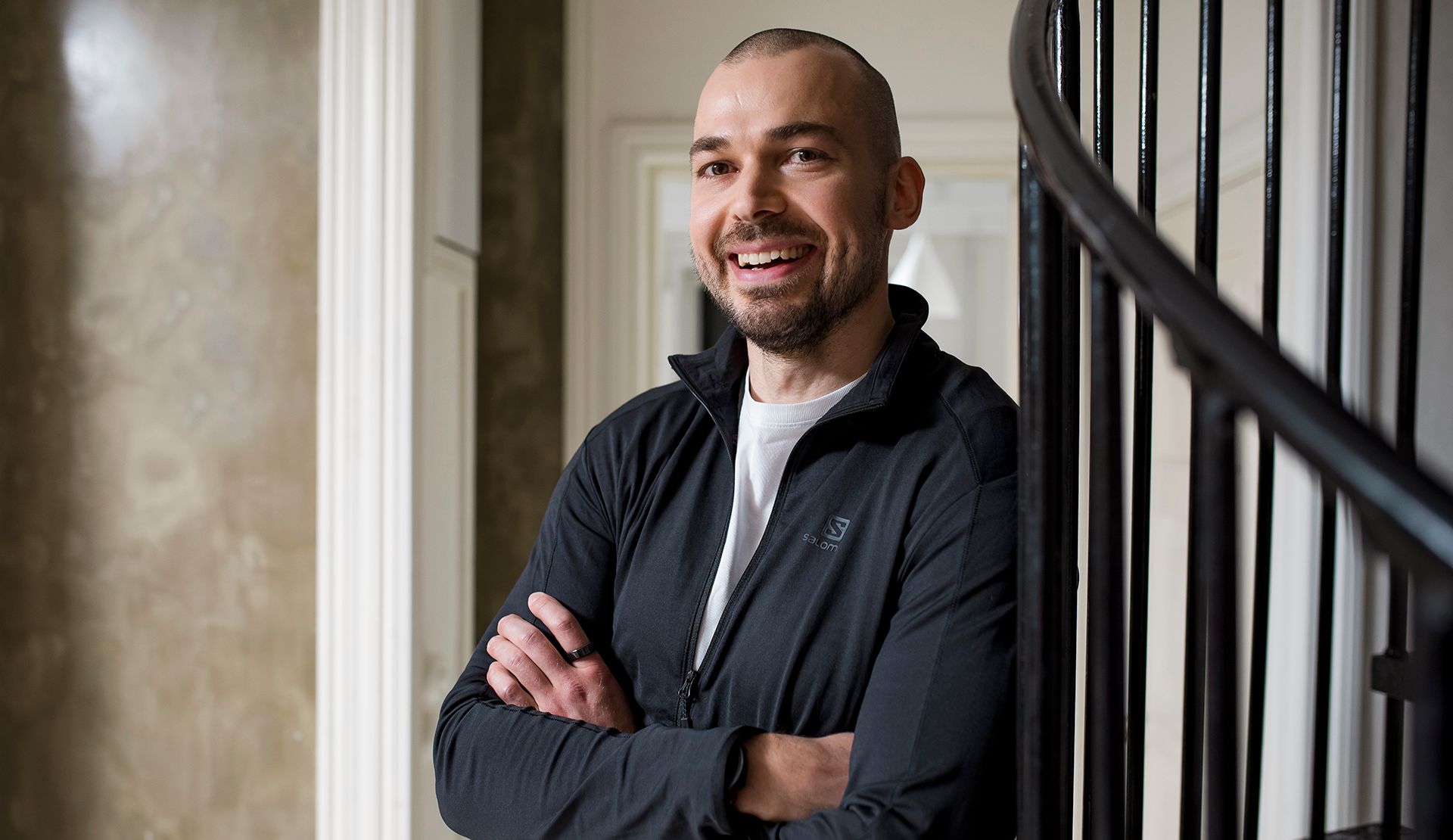
Radiography
Radiography in a nutshell
- Radiography can be used to diagnose many different diseases and injuries, such as fractures, lung diseases and cancer.
- Radiography also makes it possible to monitor the progress of diseases and the effects of treatment.
- Radiography is a safe, painless and quick way to examine the internal structures of the body, allowing for a quick diagnosis and initiation of treatment.
- Radiography is to be avoided during pregnancy, especially in the pelvic area.
Radiography
- Doctor’s referral
You need a referral from a Mehiläinen doctor or a doctor outside Mehiläinen for radiography to ensure that the correct type of study is carried out. The referral contains information that is important for the study that makes it possible to plan the study individually. It also makes it easier to make treatment decisions and, in addition, the referral allows us to avoid unnecessary additional studies.
If you need a referral, you can book an appointment with a doctor from our online appointment booking service or by calling our customer service at +358 (0)10 414 00 (local network rate/mobile charge). - Book an appointment
If you have a referral from Mehiläinen or another care provider, you can book an appointment from our online appointment booking service or request a radiography appointment by calling +358 (0)10 414 0300 (local network rate/mobile charge).
Enter “Radiography studies” in the Service or specialist name field of the online appointment booking service to select a study suitable for you.
What happens during radiography?
Radiography, or X-ray imaging, is a traditional medical imaging method that involves the use of X-rays and makes it possible to see the internal structures of the body with X-rays.
- You do not need to prepare for radiography in advance, i.e. you can eat and drink normally.
- If possible, take any previous X-ray scans of the area to be examined with you so we can compare them with new scans, if necessary.
- Before radiography, our specialists will explain you how the procedure will go.
- In radiography, the radiographer takes traditional X-rays of the area to be examined, usually from at least two different directions.
- The number of images varies depending on the area to be examined and the reason for imaging.
- The imaging is strictly limited to the area to be examined. It is important not to move at all during radiography.
- Radiography usually takes a few minutes.
What can radiography help with?
Radiography is a safe, painless and quick way to examine the internal structures of the body. Radiography is a quick method that allows for quick diagnosis and initiation of treatment. Radiography also makes it possible to monitor the progress of diseases and the effects of treatment.
Radiography can be used for examining:
- musculoskeletal disorders (e.g. degeneration of bones, joints)
- respiratory diseases (e.g. sinusitis, pneumonia)
- cardiovascular diseases and
- injuries.
| Service | Price estimate |
|---|---|
| Neck and chest | from 174,00 € No Kela reimbursement |
| Bone Densitometry | from 241,20 € No Kela reimbursement |
| Mammography combined examination Mammography combined examination includes ultrasound. Book an appointment | from 353,20 € No Kela reimbursement |
| Head
Prices 158,20–178,50 € | from 158,20 € No Kela reimbursement |
| Extremities
Prices 186,50–282,90 € | from 186,50 € No Kela reimbursement |
| Spine
Prices 186,50–204,30 € | from 186,50 € No Kela reimbursement |
| Stomach and pelvis
Prices 186,50–204,30 € | from 186,50 € No Kela reimbursement |
Frequently asked questions about radiography
Radiography, or X-ray imaging, is a traditional medical imaging method that involves the use of X-rays and makes it possible to see the internal structures of the body with X-rays.
There is no limit to how often you can undergo radiography, but X-rays are never performed without a proper reason due to radiation stress.
Radiography can be used to diagnose many different diseases and injuries, such as musculoskeletal system disorders and diseases of the respiratory system. The need for radiography is always assessed on a case-by-case basis by a doctor. This necessity assessment is called an indication for radiography.
Mehiläinen offers a wide range of radiography studies. In general, all native or basic radiography studies can be used for imaging the basic areas of the body. However, only better-equipped devices allow for special imaging and projections, such as radiography of scoliosis and mechanical axis radiography, as well as radiographic hip projections.
Scoliosis and mechanical axis imaging studies are so-called combination studies, for which several images are taken at once and the machine combines them into a uniform, single image. Mechanical axes are often radiographed in patients undergoing joint replacement surgery. Radiographic hip projection is also related to joint replacement surgery and it requires rotational properties from the radiography equipment. In practice, the radiographic projection involves the customer lying on their back and the X-rays are directed horizontally, parallel to the femur, through the groin towards a detector that records the image.
If you have a doctor's referral for radiography, you can book an appointment of your choice from our appointment booking service.
Most popular radiography studies:
- Foot radiography
- Cervical spine radiography
- Lumbar spine radiography
- Nasal sinus radiography (e.g. sinusitis)
- Knee radiography
- Shoulder radiography
- Lung/thorax radiography
More radiography studies performed at Mehiläinen can be found in our online appointment booking service. Enter “Radiography studies” in the Service or specialist name field of our appointment booking service to select a study suitable for you.
The head, mainly the sinuses, can be radiographed with a native X-ray device. In case of suspected facial fractures, it is recommended to use cone-beam computed tomography (CT) that involves the use of X-rays. When imaging the brain, either a magnetic resonance imaging (MRI) device or a computed tomography (CT) device that uses X-rays can be used, if necessary.
Radiography is to be avoided during pregnancy, especially in the pelvic area, as ionising radiation can affect the development of the foetus. If necessary, radiography can be performed on pregnant women, but the need for radiography is always assessed on a case-by-case basis.
In general, radiography is a safe, painless and quick way to examine the internal structures of the body.
